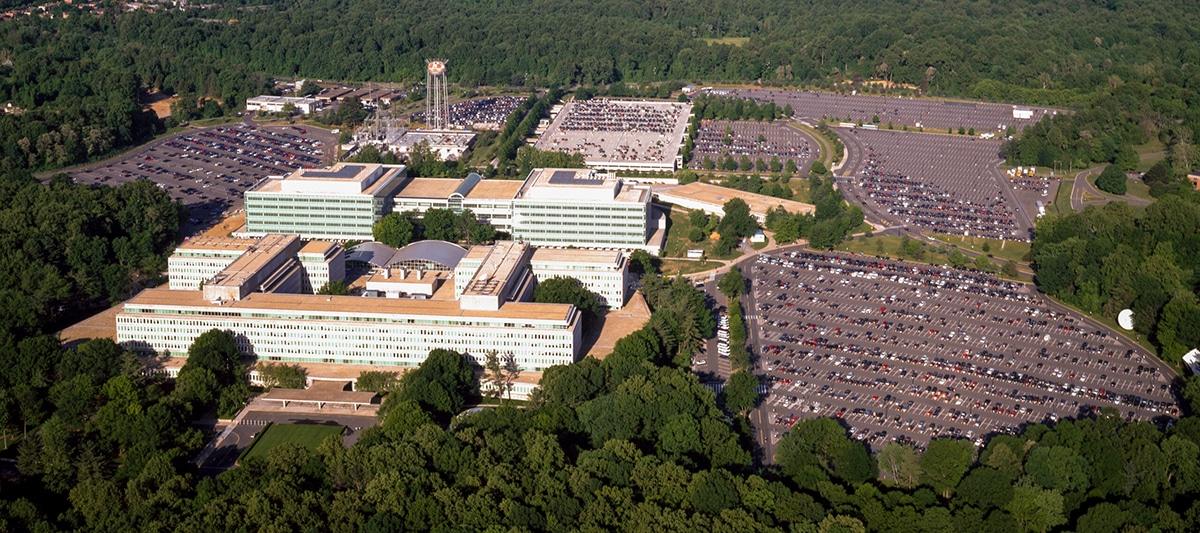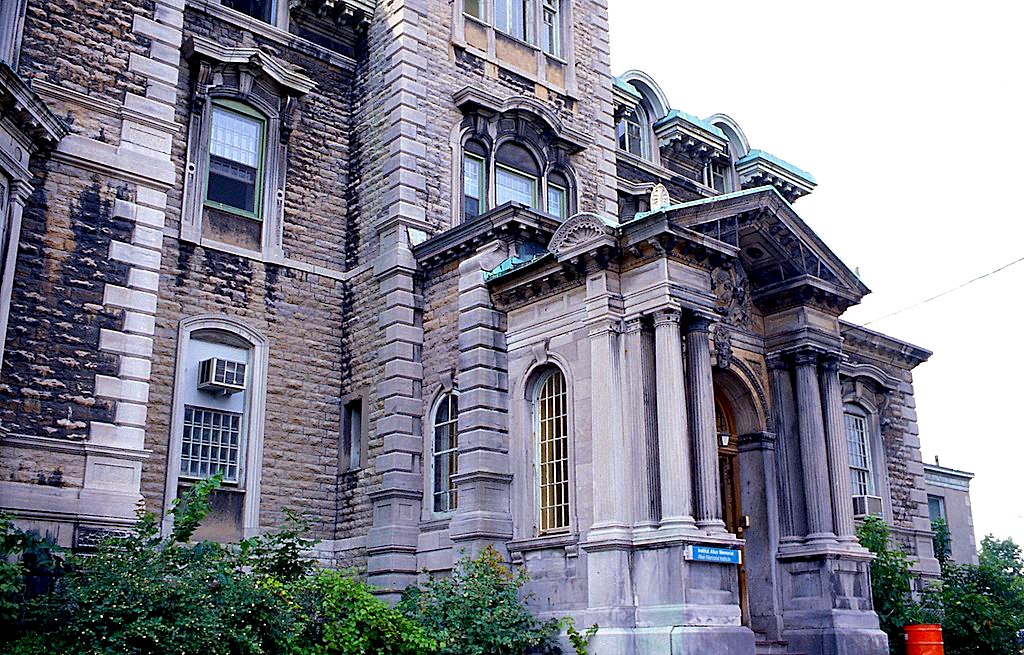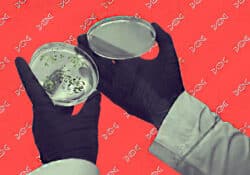

The CIA Should Get Out of the Laboratory
by John Kiriakou | Dec 27, 2022
The Central Intelligence Agency announced in October 2020 — which was ignored until just the past few weeks, when it began circulating on social media — that it had launched something called C.I.A. Labs, “a federal laboratory and in-house research and development arm for C.I.A. to drive science and technology breakthroughs for tomorrow’s intelligence challenges.”
The Agency says that C.I.A. Labs will join with a network of more than 300 other federal laboratories and that it will serve as a “research partner for other labs, academia, and industry in disciplines spanning from artificial intelligence and biotechnology to quantum computing and advanced materials manufacturing.”
The C.I.A.’s Deputy Director for Science and Technology Dawn Meyerriecks said in a statement, “In an evolving threat landscape, C.I.A. Labs will help us maintain our competitive edge and protect our nation,” whatever that means.
When I was at the C.I.A. through the 1990s and into the middle of the next decade, the deputy director for whom I worked was fond of saying (over and over again) that the job of the C.I.A. was simple: “Recruit spies to steal secrets and then analyze those secrets so that policymakers could make the best-informed policy possible.”
That was fantasy at best and disingenuous propaganda at worst. The truth is that the C.I.A. for decades has been active in areas, including “labs” and experimentation, from which it should have stayed away.
On my very first day at the C.I.A., as my new boss was walking me to the cafeteria for lunch, I happened to look out the window, where I saw something moving along the ground. It looked like a flat, round robot. My boss mentioned casually that it was a new C.I.A. invention, and it was mowing the grass. He added that the C.I.A. had invented the machine, but didn’t know what to do with it. It was the precursor of the Roomba.
But it’s not Roombas that will come out of this new C.I.A. lab.
What CIA Labs Have Hatched
The new lab is actually not new. The C.I.A. has long had labs, whether overt or covert, where terrible things happened. Before we celebrate this new C.I.A. lab, let’s look at what its predecessors did.
- MKULTRA is probably the best-known example of something awful that came out of a C.I.A. lab. The official explanation to Congress of the purpose of MKULTRA was the development of drugs to aid in interrogations. But it wasn’t quite that simple. Under MKULTRA, the C.I.A. experimented on unwitting Americans, including their own employees. The Church Committee’s investigators concluded that MKULTRA “aimed to develop mind-controlling drugs for use against the Soviet bloc” and “to produce a perfect truth drug for interrogating suspected Soviet spies and to explore other possibilities of mind control.”
- MKCHICKWIT was a program whereby the C.I.A. would infiltrate foreign pharmaceutical companies to steal drug samples and information about the drugs’ development. It would then seek to duplicate or to modify those drugs in its own labs.
- A similar operation, dubbed MKOFTEN, started off as a study on dopamine before morphing into something far more sinister. By the end of the “study,” it had expanded to include the hallucinogen ibogaine and to LSD in the hopes of “creating a new pharmacologically active drug affecting the central nervous system to modify men’s behavior.” Thousands of active duty U.S. servicemen were unwittingly dosed during this operation.
- Operation Midnight Climax was a program in the 1960s and 1970s, carried out in C.I.A. safehouses in San Francisco, to dose non-consenting individuals —mostly homeless men and prostitutes — with LSD and other drugs, monitor them from behind one-way glass, and determine if they would voluntarily reveal secrets. The prostitutes eventually were also taught to dose their clients and were then debriefed as to whether or not the johns had revealed any personal secrets.
- The C.I.A.’s very first foray into drug experimentation was Project CHATTER, in which both animals and humans were dosed with the drugs anabasine (a product of the tobacco plant, it is chemically similar to nicotine,) scopolamine (a drug used to treat motion sickness and post-operative nausea,) and mescaline (a hallucinogen similar to LSD and psilocybin) to see what the effects might be. The operation ended in 1953.
As you can see, the C.I.A.’s track record when it comes to developing things in labs isn’t a good one. And we only know about the above programs thanks to the Church Committee and the Freedom of Information Act. Otherwise, the information likely would still be kept from the American people.
My bottom line is this: I don’t care how proud the C.I.A. is of its foray into U.S. Government labs. I don’t care if it considers itself to be a research partner for other labs, academia, and industry. I don’t care if its leaders believe that they have a place in artificial intelligence, biotech, or anything else.
The C.I.A. has proven time and time again that it can’t be trusted. It has proven that it will simply push the envelope into the realm of illegality if it thinks it can get away with it. And the Congressional oversight committees have proven that they will act as little more than cheerleaders for the C.I.A., rather than as overseers.
The C.I.A. has no business creating a new lab. It shouldn’t exist.






